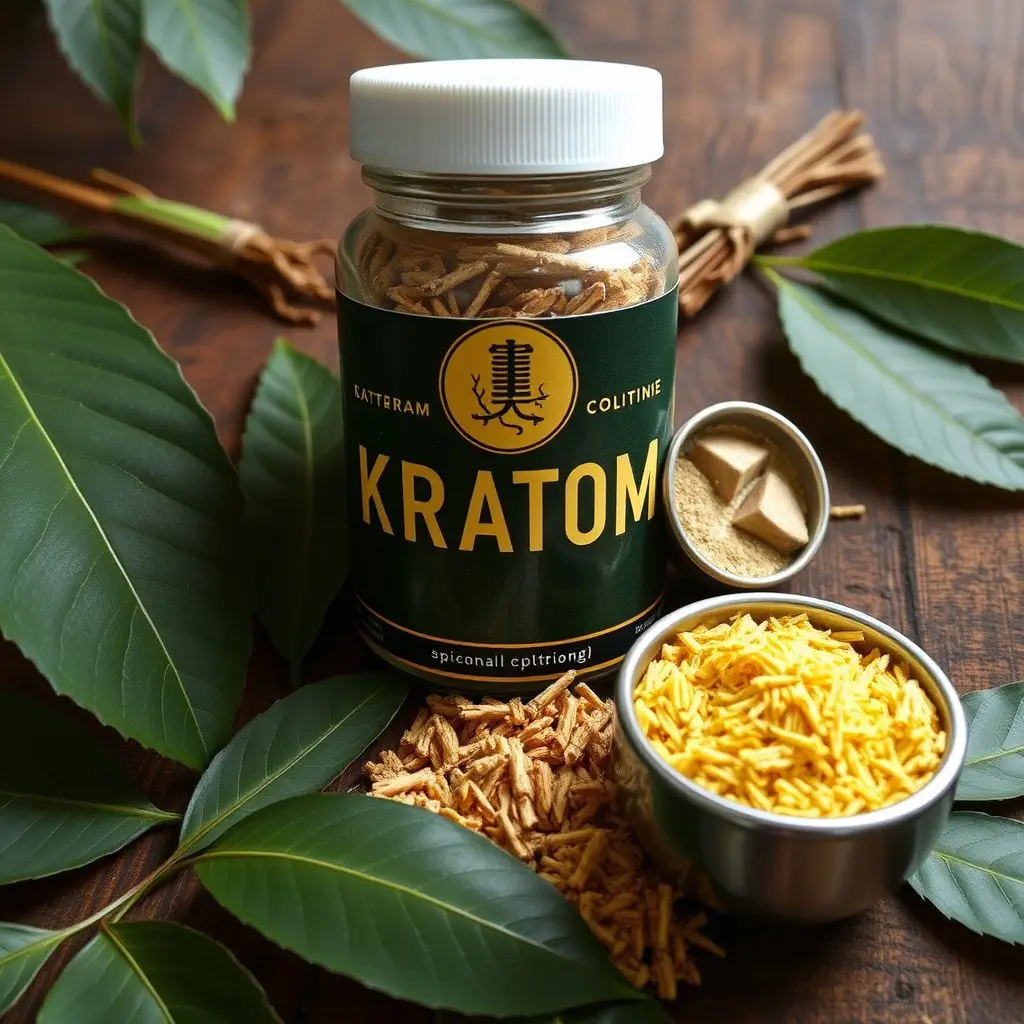Kratom from Mitragyna speciosa offers a natural alternative to opioids for pain management and can significantly enhance recovery from injuries. Specific strains like Red Bali and Maeng Da, rich in 7-hydroxymitragynine (7-HMG), promote restful sleep and reduce anxiety without causing drowsiness. For safe use, consult healthcare professionals, source high-quality products, start with low dosages, and maintain consistency. Kratom complements traditional treatments, focusing on holistic recovery, including improved sleep quality.
Injury prevention and management have evolved with the discovery of natural remedies like kratom. This article delves into the multifaceted role of kratom in enhancing recovery, focusing on its effects as a potent analgesic and sleep aid. We explore the best kratom strains tailored for promoting rest and rejuvenation, backed by scientific evidence. Learn safe practices for incorporating this herbal supplement into your routine, ensuring optimal benefits without adverse effects. Discover how the right kratom strain can be your ally in injury management, particularly for improved sleep.
- Understanding Kratom and Its Role in Injury Management
- Exploring the Best Kratom Strains for Sleep and Recovery
- Safe Practices for Incorporating Kratom into Your Routine
Understanding Kratom and Its Role in Injury Management

Kratom, a natural herb derived from the plant Mitragyna speciosa, has gained significant attention for its potential therapeutic benefits in injury management. Often celebrated as a “game changer” in pain relief and recovery, kratom has shown promise in mitigating the discomfort associated with various injuries. Its active compounds interact with opioid receptors in the brain, offering an alternative to prescription opioids without the same level of addiction risk.
In the context of injury prevention and management, specific strains of kratom are renowned for their calming and soothing properties, making them ideal for promoting sleep and reducing anxiety—a crucial aspect of healing. The best kratom for sleep, typically characterized by its high levels of 7-hydroxymitragynine (7-HMG), can aid in restoring rest and recovery, which is essential for the body to heal from physical trauma. By understanding how kratom interacts with the body’s natural processes, individuals can explore this herbal remedy as a potential adjunctive approach to enhance injury management and overall well-being.
Exploring the Best Kratom Strains for Sleep and Recovery

When it comes to optimizing recovery and promoting restful sleep, certain kratom strains have emerged as powerful allies. Known for their calming and sedative properties, these specific varieties can significantly aid in injury prevention and post-workout recovery. The Mitragyna speciosa plant, from which kratom is derived, offers a range of strains with unique chemical compositions, each delivering distinct effects.
One of the best kratom strains for sleep and recovery is the Red Bali strain, renowned for its high levels of 7-hydroxymitragynine (7-HMG), a potent analgesic and relaxant. This strain promotes deep relaxation without causing drowsiness, making it ideal for those seeking relief from injury-related pain while enjoying a good night’s rest. Another notable mention is the Maeng Da strain, known for its high potency and fast acting effects, offering both energy and pain-relieving properties that can aid in post-injury rehabilitation.
Safe Practices for Incorporating Kratom into Your Routine

Incorporating kratom into your routine for injury prevention and management requires a thoughtful, safe approach. Start by consulting with a healthcare professional to ensure it’s suitable for your specific needs. Choose high-quality, organic kratom products from reputable sources to avoid contaminants. Begin with a low dosage and gradually increase as needed, allowing your body time to adjust. Consistency is key; aim for regular use to experience the full benefits, particularly for sleep aid, where the best kratom for sleep should promote relaxation without drowsiness.
Safe practices include storing kratom responsibly, keeping it out of reach of children and pets, and never combining it with other substances without medical supervision. Be mindful of potential side effects and interactions with medications. Regularly review your dosage and adjust as necessary under professional guidance. Remember, while kratom can be a valuable tool for injury recovery, it’s not a replacement for proper medical care and should complement rather than replace prescribed treatments.
Kratom has emerged as a potent tool in injury prevention and management, offering natural relief through its diverse strains. For optimal recovery, exploring the best kratom for sleep and understanding safe practices is essential. By incorporating this herbal supplement into your routine, you can navigate your journey towards healing with enhanced comfort and improved well-being. Remember, while kratom can be beneficial, it’s crucial to consult professionals and follow responsible guidelines.






